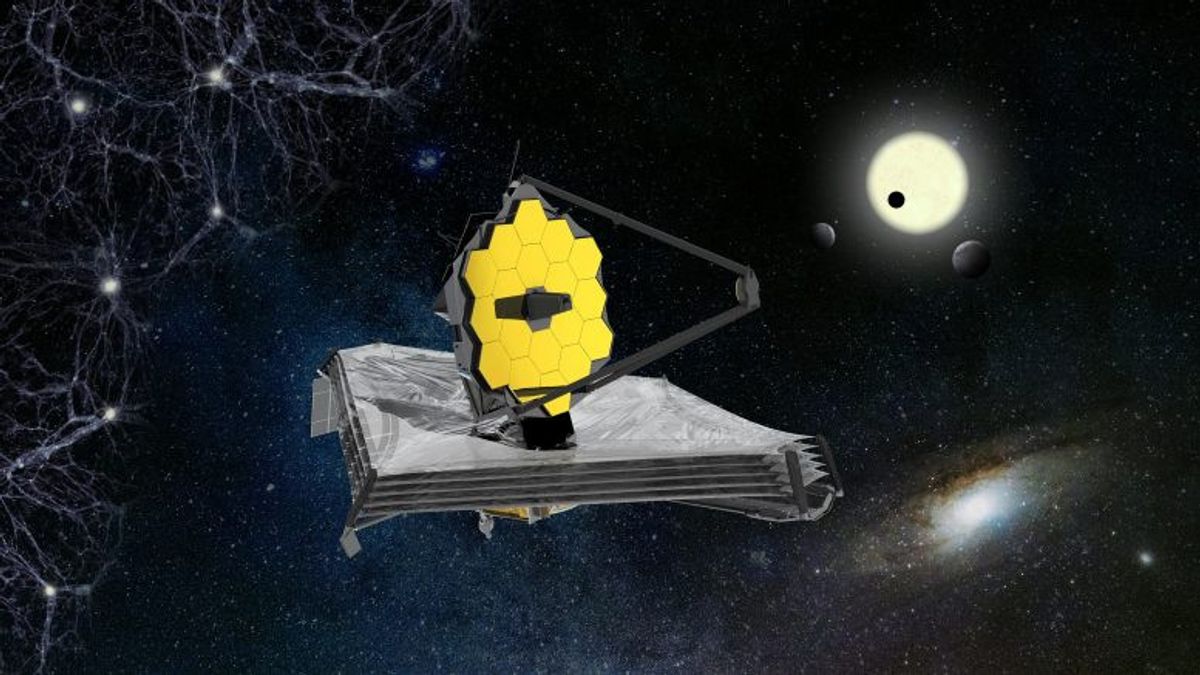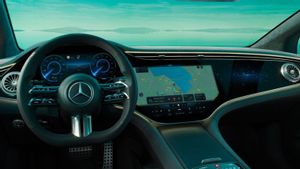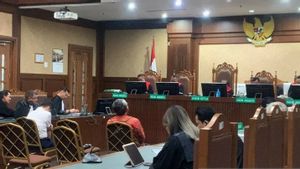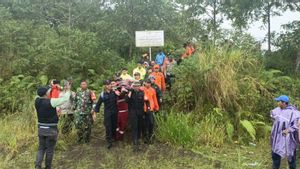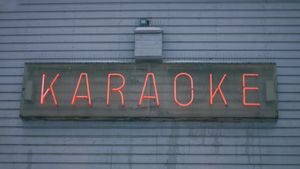JAKARTA - After the launch of the James Webb Space Telescope, NASA's work does not stop there, there is still much to be done, including tightening the sunshield on the telescope.
Unfortunately, the process of tightening the sunshield is quite slow. Therefore, Webb's team on Earth spent the day studying the Webb Telescope's massive power subsystem to make sure the observatory was ready to carry out the main procedure.
"There is nothing we can learn from simulations in the field as good as analyzing the observatory when it is up and running. Now is the time to take the opportunity to learn all we can about its basic operations. Then we will take the next step," said Webb project manager at the Flight Center. NASA Goddard Space (GSFC) in Maryland, Bill Ochs.
Cited from Space, Tuesday, January 4, please note, all systems in the Webb Telescope are controlled by a team on Earth. Tightening the sunshield is a complex process that NASA estimates will take two days.
NASA originally intended to start work on Saturday last week, but operations on Friday went slower than expected and the team decided to postpone it until the New Year's Day holiday was over. Then, once the windshield is fully tightened, the team will proceed to install the secondary rearview mirror.
Currently, the team is focusing on the temperature of a set of motors that will be used during windshield tightening in the telescope. This is a process that separates and smoothes the five delicate layers of the kite-shaped sun visor.
Webb specializes in infrared observations, which are sensitive to heat, making the sunshield an important component of the observatory.
SEE ALSO:
"We've spent 20 years in the field with Webb, designing, developing, and testing. We have a week to see how observatories actually behave in space. It's not uncommon to study certain characteristics of your spacecraft once you're in flight," said Webb's principal systems engineer at GSFC, Mike Menzel.
"We want to take our time and understand all we can about the observatory before moving forward."
Although the process of deploying the sunshield has stopped, the observatory is still making progress. Just before 3 p.m. EST, the Webb Telescope was more than 510.000 miles (825.000 kilometers) away from Earth, or 57 percent of the way to Earth-sun Lagrange point 2's final destination.
The point, also known as L2, lies nearly 1 million miles (1.6 million kilometers) from Earth in the direction opposite the Sun.
The English, Chinese, Japanese, Arabic, and French versions are automatically generated by the AI. So there may still be inaccuracies in translating, please always see Indonesian as our main language. (system supported by DigitalSiber.id)
